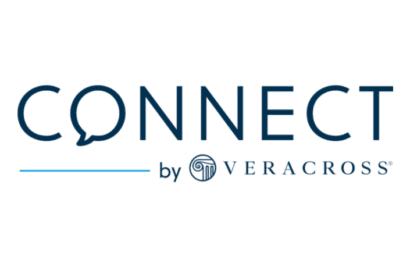
In the evolving landscape of education, schools are increasingly turning to Management Information Systems (MIS) to streamline operations, enhance learning outcomes, and support strategic planning. These systems hold a wealth of sensitive data—from student records and staff information to financial details and safeguarding logs.
For technology leaders, the challenge lies in striking the right balance: ensuring this data is secure while also making it accessible and useful for informed decision-making. So how can you make the most of your MIS data?
1. Understand the Data Landscape
The first step in achieving this balance is understanding the data ecosystem within the school. MIS platforms typically house a wide array of information, and it’s crucial to know where this data resides, who has access to it, and how it moves between systems. This foundational knowledge enables schools to build a security framework that protects data without stifling its potential.
2. Implement Layered Security Protocols
Effective data security begins with a layered approach. Role-based access control ensures that staff members can only view the data relevant to their responsibilities, reducing the risk of accidental exposure. Multi-factor authentication adds an extra layer of protection to user accounts, while encryption – both at rest and in transit – safeguards data from interception or theft. Regular audits and penetration testing help identify vulnerabilities before they can be exploited, and secure, off-site backups provide a safety net in the event of data loss or ransomware attacks.
3. Foster a Culture of Data Responsibility
However, technology alone isn’t enough. Human error remains one of the most significant threats to data security. That’s why fostering a culture of data responsibility is just as important as implementing technical safeguards. Staff should receive regular training on data protection policies, including how to recognise phishing attempts and handle sensitive information appropriately. Clear protocols must be established for both digital and physical data handling, and a designated Data Protection Officer (DPO) should oversee compliance and best practices.
4. Integrate with Caution
As schools integrate their MIS with third-party platforms – such as virtual learning environments, assessment tools, and communication apps – it’s essential to proceed with caution. Each integration introduces new risks, so it’s vital to ensure that vendors comply with data protection regulations like GDPR, that data sharing agreements are in place, and that APIs are securely configured and monitored.
5. Leverage MIS Data for Strategic Insights
Once a secure foundation is in place, schools can begin to unlock the full potential of their MIS data. This information can be a powerful tool for driving improvement across all areas of school life. Academic performance data, for example, can reveal trends and highlight students who may need additional support. Attendance records can help identify safeguarding concerns, while financial and operational data can inform more efficient resource allocation. Even parental engagement can be enhanced through secure portals that provide families with timely, relevant insights into their child’s progress.
What Now?
Ultimately, data security and strategic data use are not one-time projects but ongoing commitments. Policies should be reviewed regularly, especially after significant system changes. Technology leaders must stay informed about emerging threats and innovations, and they should actively engage with peer networks to share insights and solutions.
Independent schools have a unique opportunity to harness the power of MIS data to enhance education and operations. By embedding strong security practices and cultivating a culture of responsibility, technology leaders can ensure that data remains a strategic asset – one that supports the school’s mission while protecting the trust of students, staff, and families.
To help schools we’ve put together a data security guide that includes more strategies on how to keep your school’s data both private and secure. Discover common areas of vulnerability and prevention measures you can put in place today.



